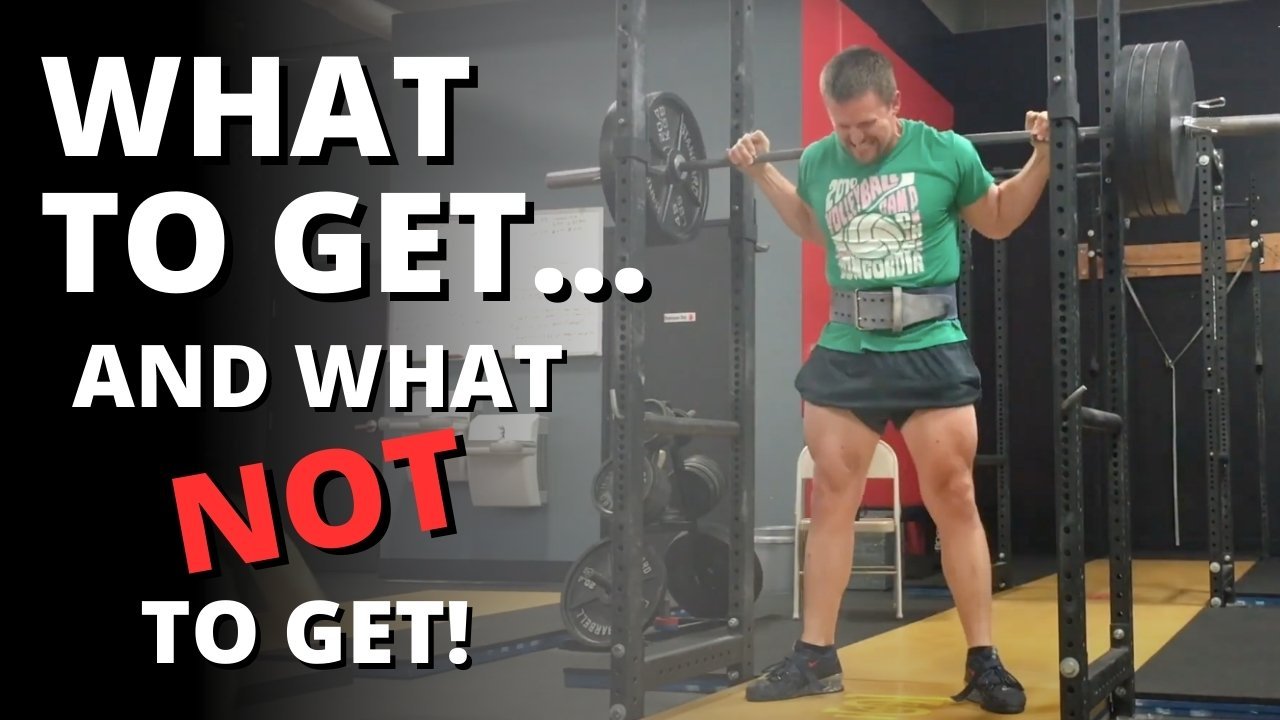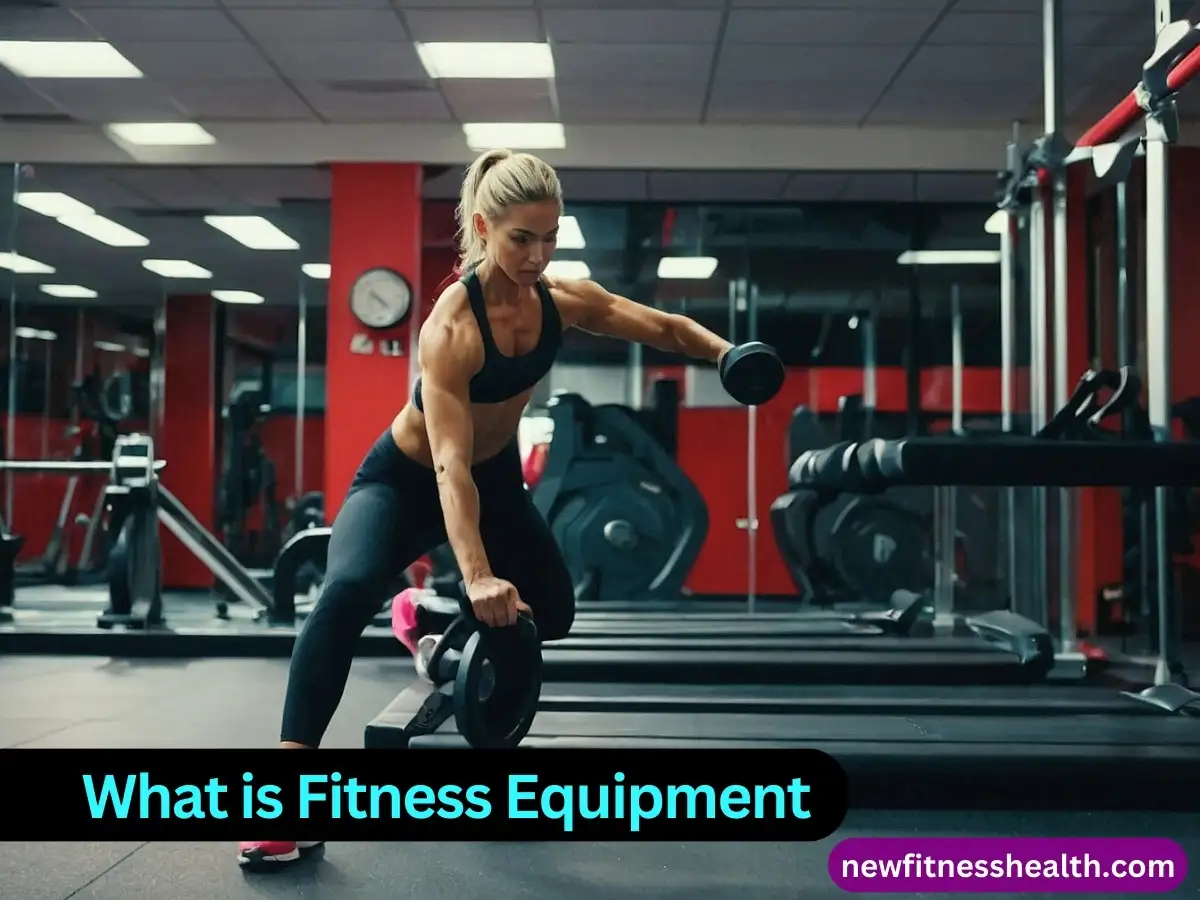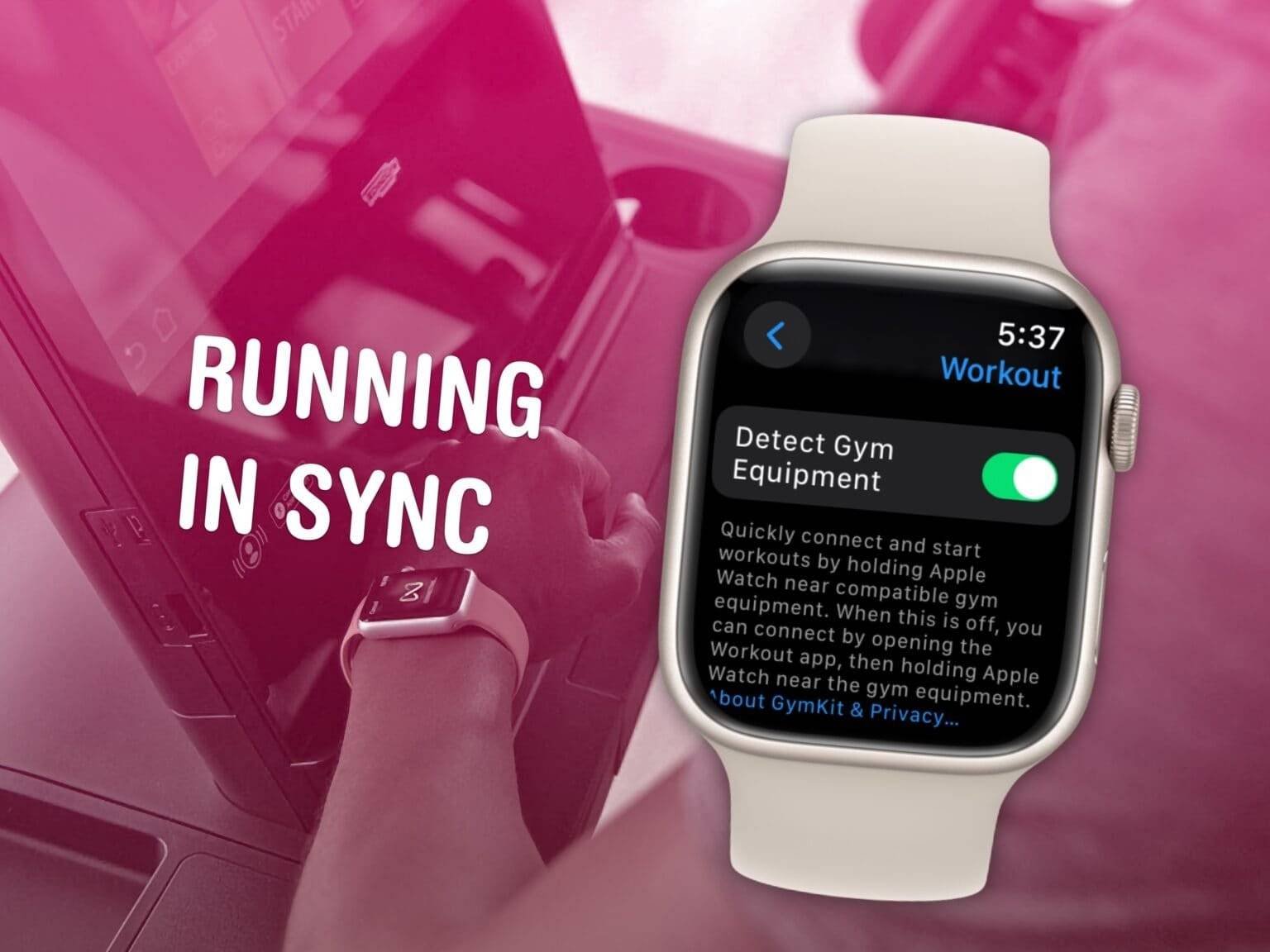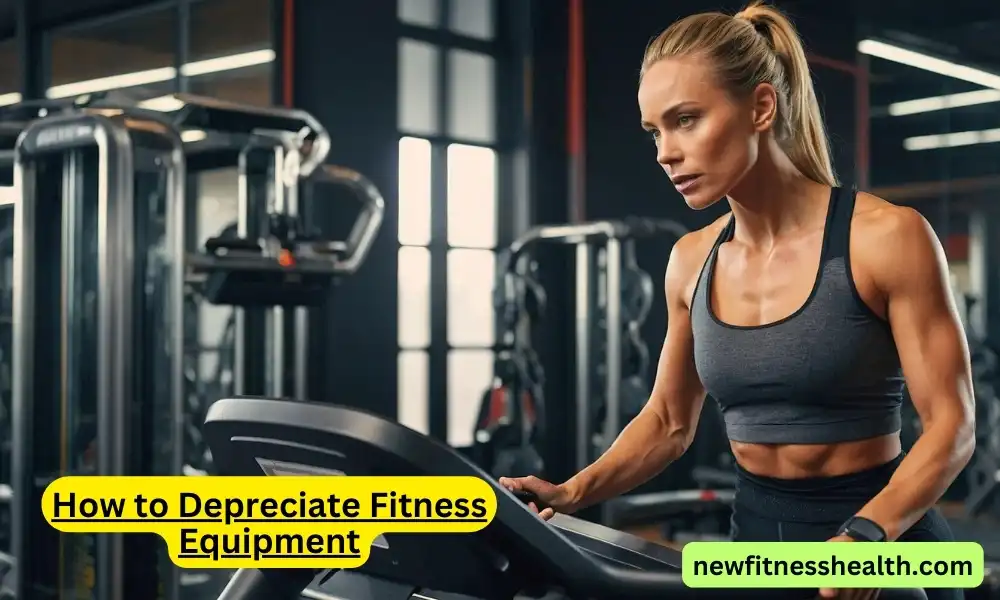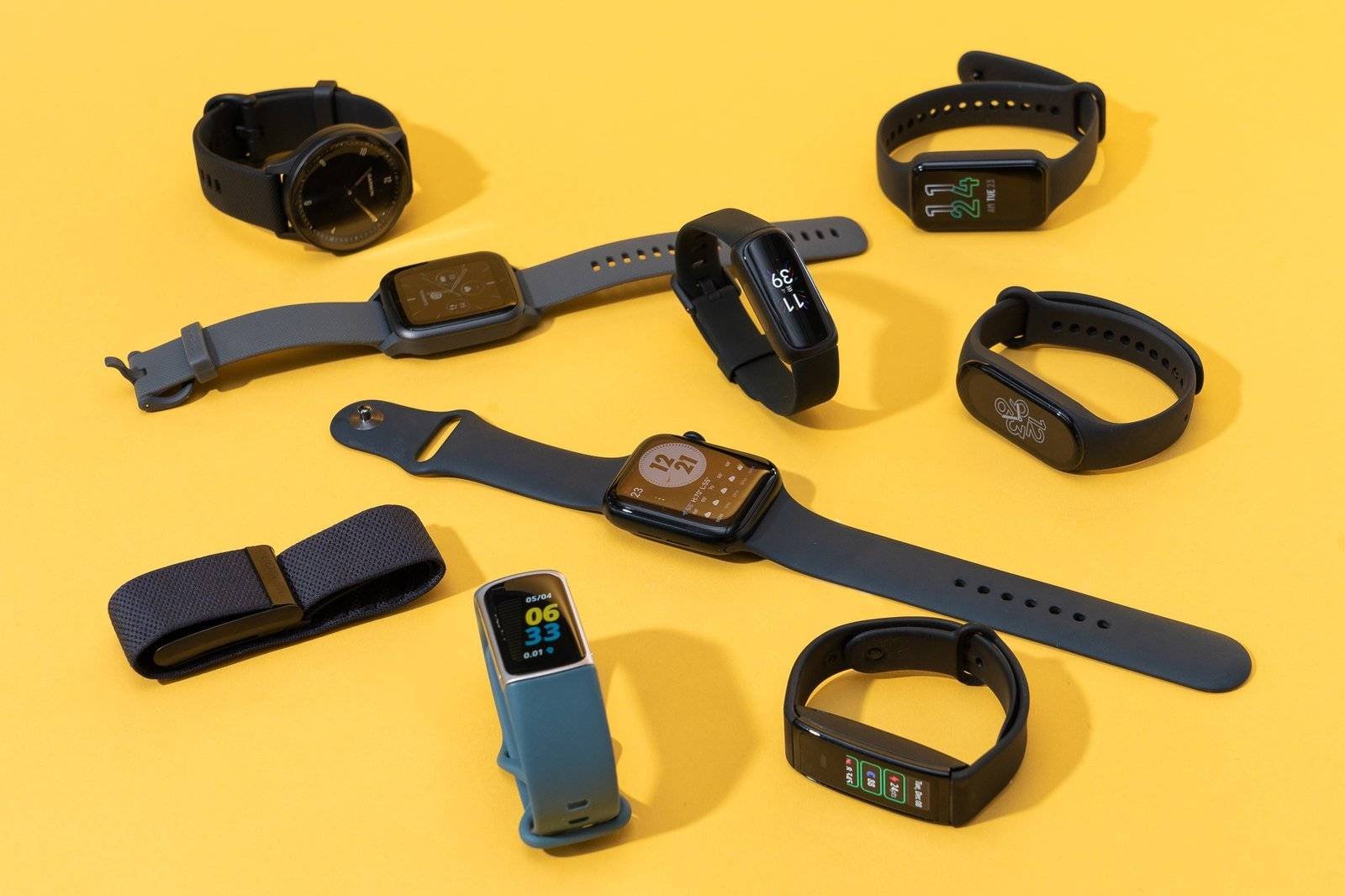What is a Good Way to Decide Whether Or Not to Purchase Fitness Equipment for Home Use? A good way to decide whether to purchase fitness equipment for home use is to assess your fitness goals and budget. Consider available space and personal commitment to regular exercise.
Investing in home fitness equipment can be a significant decision. Evaluate the types of exercises you enjoy and your fitness objectives. Determine if the equipment aligns with your workout preferences and routines. Consider the space in your home and whether it can accommodate the equipment comfortably.
Assess your budget to ensure the purchase is financially viable. Think about your motivation levels and whether you will commit to using the equipment regularly. By considering these factors, you can make an informed decision that supports your fitness journey and overall well-being.
Introduction To Home Fitness Equipment
Choosing the right home fitness equipment can feel overwhelming. There are many options available. Understanding the pros and cons can help you decide.
Benefits Of Owning Home Fitness Equipment
Having fitness equipment at home offers many advantages:
- Convenience: Exercise anytime without leaving the house.
- Cost-Effective: Save money on gym memberships.
- Privacy: Workout in a private space without crowds.
- Variety: Choose equipment that suits your fitness goals.
These benefits make home workouts appealing.
Challenges Of Home Workouts
There are some challenges to consider:
- Space: Some equipment requires a lot of room.
- Motivation: Staying motivated at home can be tough.
- Cost: Initial investment might be high.
- Maintenance: Equipment needs regular upkeep.
Understanding these challenges helps in making a balanced decision.
| Pros | Cons |
|---|---|
| Convenience | Space |
| Cost-Effective | Motivation |
| Privacy | Initial Cost |
| Variety | Maintenance |
Assessing Your Fitness Goals
Deciding to purchase fitness equipment for home use is a significant investment. Understanding your fitness goals can guide your decision-making process. This section will help you evaluate your objectives and choose the right equipment.
Identifying Your Health Objectives
Your health objectives are the foundation of your fitness journey. Start by asking yourself what you want to achieve. Do you aim to lose weight, build muscle, or improve cardiovascular health? Identifying these goals will help you determine the type of equipment you need.
Consider creating a list of your health objectives:
- Weight Loss
- Muscle Building
- Cardiovascular Improvement
- Flexibility and Balance
Having a clear understanding of your health objectives can streamline your purchasing decision.
Aligning Equipment With Workout Plans
Once you have identified your health objectives, the next step is to align them with specific workout plans. Different equipment serves different purposes. For instance:
| Objective | Recommended Equipment |
|---|---|
| Weight Loss | Treadmill, Elliptical |
| Muscle Building | Dumbbells, Resistance Bands |
| Cardiovascular Improvement | Stationary Bike, Rowing Machine |
| Flexibility and Balance | Yoga Mat, Balance Board |
Aligning your workout plans with the right equipment ensures you maximize the benefits of your investment.
Remember to choose equipment that matches your fitness level and space availability.
Evaluating Space And Environment
Deciding whether to purchase fitness equipment for home use involves several factors. One crucial aspect is evaluating your space and environment. A suitable space can make your workout routine more effective and enjoyable.
Measuring Available Space At Home
First, measure the available space in your home. Use a tape measure to check the length, width, and height of the room.
Create a table to record your measurements:
| Dimension | Measurement (in feet) |
|---|---|
| Length | 10 |
| Width | 8 |
| Height | 7 |
Ensure you have enough space for the equipment and room to move around.
Creating A Conducive Workout Atmosphere
Lighting and ventilation are key to a good workout atmosphere. Ensure the room has natural light or good artificial lighting.
Consider these points for ventilation:
- Windows for fresh air
- Fans or air conditioners
- Dehumidifiers to control moisture
Also, think about noise levels. Choose a quiet space, away from distractions.
Decorate the room with motivational posters or mirrors to enhance your workout environment.
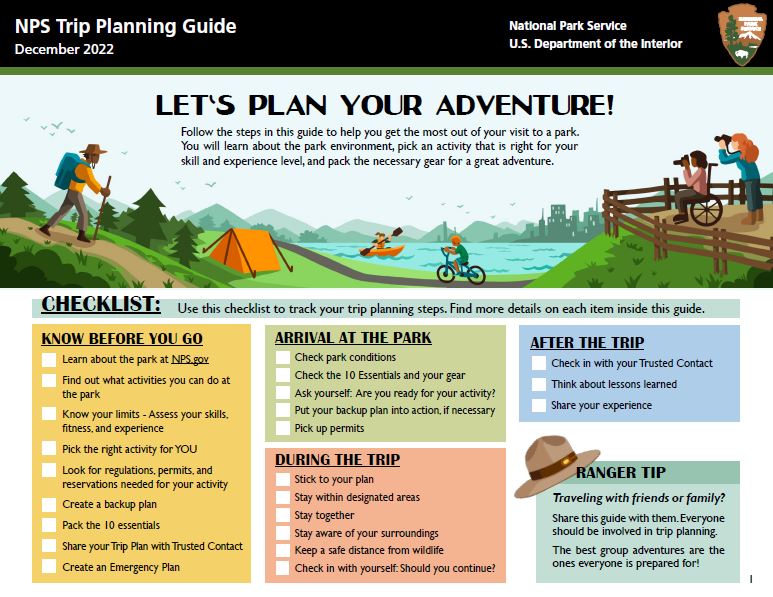
Credit: www.nps.gov
Budget Considerations
Before purchasing fitness equipment for home use, budget considerations are crucial. Deciding how much to spend can be tricky. It’s important to set a realistic budget and understand the cost-benefit analysis of the equipment you need.
Setting A Realistic Budget
Start by evaluating your financial situation. Determine how much you can comfortably spend. This helps avoid unnecessary debt. List your monthly expenses. Include rent, utilities, groceries, and other essentials.
Next, decide how much of your monthly income can go towards fitness equipment. A good rule is to spend no more than 5-10% of your monthly income on fitness gear. This keeps your finances healthy.
| Monthly Income | Recommended Budget for Fitness Equipment |
|---|---|
| $2,000 | $100 – $200 |
| $3,500 | $175 – $350 |
| $5,000 | $250 – $500 |
Cost-benefit Analysis Of Equipment
Conduct a cost-benefit analysis of the fitness equipment. Compare the cost of the equipment to the benefits it offers. Consider both short-term and long-term benefits.
Some questions to ask include:
- Will this equipment help me achieve my fitness goals?
- How often will I use this equipment?
- Can I achieve similar results with cheaper alternatives?
High-cost equipment may offer more features. However, sometimes basic, less expensive equipment can be just as effective. Assess the value based on your specific needs.
Here’s a simple example:
Treadmill: $1,000
Monthly Gym Membership: $50
Annual Gym Cost: $600
Break-even Point: 20 months
In this example, buying a treadmill could be beneficial if you prefer home workouts and plan to use it regularly.
Researching Equipment Options
Buying fitness equipment for home use is a big decision. Researching equipment options ensures you choose wisely. This guide helps you compare and read reviews. It makes your decision easier and smarter.
Comparing Different Types Of Equipment
Different equipment serves different purposes. Here is a quick comparison:
| Equipment | Benefits | Space Required |
|---|---|---|
| Treadmill | Great for cardio workouts | Large |
| Dumbbells | Good for strength training | Small |
| Stationary Bike | Low impact exercise | Medium |
| Resistance Bands | Portable and versatile | Very Small |
Reading Reviews And Testimonials
Reading reviews gives you real user experiences. Look for these details:
- Durability: Check if the equipment lasts long.
- Ease of Use: See if users find it easy to use.
- Customer Service: Note the quality of customer support.
Testimonials also help you see if the equipment meets user needs. They often highlight pros and cons. Use this information to make a well-informed choice.
Trying Before Buying
Deciding to buy fitness equipment for home use can be tough. Trying equipment before buying helps make a better choice. This approach ensures the gear fits your needs and comfort.
Testing Equipment In Gyms Or Stores
Many gyms and stores let you test fitness equipment. Visit a local gym to try different machines. See how they feel and function. Check for comfort and ease of use. Stores often have demo models. Spend some time on each piece. Ask questions to the staff about features and benefits.
Seeking Trial Periods Or Money-back Guarantees
Look for brands that offer trial periods. A trial period lets you use the equipment at home. Decide if it suits your routine. Companies also offer money-back guarantees. This means you can return the product if not satisfied. Money-back guarantees give you peace of mind. You won’t lose money if the equipment doesn’t work for you.
Understanding Equipment Maintenance
Buying fitness equipment for home use is a big decision. One important factor is understanding equipment maintenance. Proper maintenance ensures your equipment lasts longer and performs well.
Investigating Maintenance Requirements
Check the maintenance requirements before buying fitness equipment. Some machines need more care than others. For example, treadmills often need belt lubrication. Ellipticals might need regular inspection of moving parts.
Here is a table to help you understand the maintenance needs of common fitness equipment:
| Equipment | Maintenance Needs |
|---|---|
| Treadmill | Lubricate belt, clean deck |
| Elliptical | Inspect moving parts, tighten bolts |
| Stationary Bike | Check resistance levels, clean |
| Free Weights | Inspect for wear, clean surfaces |
Regular maintenance can prevent damage and costly repairs. Make sure you can manage the required upkeep.
Considering Long-term Durability
Another factor is long-term durability. Durable equipment saves money over time. High-quality machines usually last longer and need less repair.
Here are some tips to consider for long-term durability:
- Choose equipment made of strong materials like steel.
- Look for brands with good reviews and a strong reputation.
- Check the warranty offered by the manufacturer.
Investing in durable fitness equipment can save you from frequent replacements.

Credit: www.everydayhealth.com
Making The Purchase Decision
Deciding whether to buy fitness equipment for home can be tough. You want to ensure it’s a good investment. Here are some key points to consider.
Weighing Pros And Cons
- Convenience: Home equipment means no travel to the gym.
- Cost: Upfront costs can be high, but long-term savings exist.
- Space: Do you have enough room for the equipment?
- Usage: Will you use it regularly?
Deciding To Invest In Health
Buying fitness equipment means investing in your health. Consider these points:
- Health Goals: What are your fitness goals?
- Commitment: Are you committed to regular workouts?
- Types of Equipment: Choose equipment that suits your needs.
| Pros | Cons |
|---|---|
| Workout anytime | High upfront cost |
| No gym fees | Space needed |
| Privacy | Maintenance required |
Alternative Solutions
Purchasing fitness equipment for home use is a big decision. Before making this choice, consider alternative solutions. These options can save money, space, and provide effective workouts.
Exploring Subscription Services And Apps
Subscription services and fitness apps offer a wide range of workouts. Many apps provide guided sessions by professional trainers. Some popular apps include:
- Peleton
- Daily Burn
- FitOn
These services often come with flexible plans. They can be used at home or while traveling. Subscriptions usually cost less than purchasing home gym equipment.
Fitness apps often include nutrition advice, progress tracking, and community support. These features enhance motivation and accountability.
Considering Outdoor And Bodyweight Exercises
Outdoor and bodyweight exercises require minimal or no equipment. They can be done anywhere, anytime. Some effective outdoor workouts include:
- Running
- Cycling
- Hiking
Bodyweight exercises use your own body as resistance. These include:
- Push-ups
- Squats
- Planks
Combining outdoor and bodyweight exercises can create a well-rounded fitness routine. These options also allow for fresh air and natural sunlight exposure.
No-cost options like these can be very effective. They also promote overall health and well-being.
Conclusion
Deciding on home fitness equipment requires careful consideration. Assess your fitness goals and budget. Evaluate available space and equipment features. Research reviews and seek expert advice. Making an informed decision ensures better investment and long-term satisfaction. Prioritize your health and well-being with the right fitness tools at home.

Credit: www.onepeloton.com
Frequently Asked Questions about What is a Good Way to Decide Whether Or Not to Purchase Fitness Equipment for Home Use?
How To Choose The Best Fitness Equipment?
- Consider your fitness goals, available space, and budget. Research different types and read user reviews.
Is Home Fitness Equipment Worth The Investment?
- Yes, if used regularly. It saves time and provides convenience, making it easier to maintain a consistent workout routine.
What Space Is Needed For Home Gym Equipment?
- Measure your available space. Ensure enough room for equipment and to perform exercises safely and comfortably.
What Are The Must-have Home Gym Equipment?
- Dumbbells, resistance bands, a yoga mat, and a treadmill or stationary bike are versatile and effective.
How To Maintain Home Fitness Equipment?
- Regularly clean and inspect for wear. Follow manufacturer guidelines for maintenance to ensure longevity and safety.

